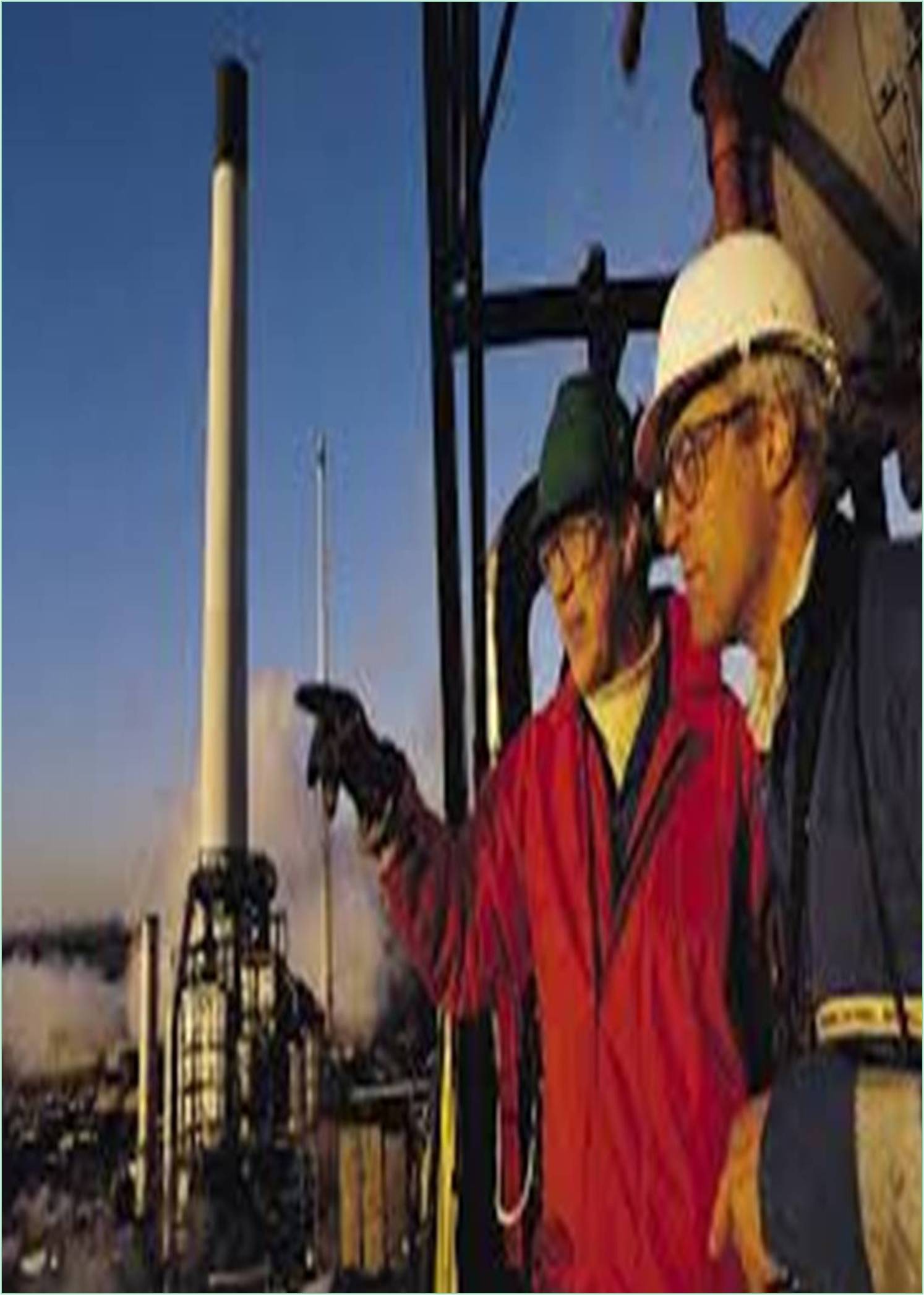



Received: 10-Jun-2021 Published: 24-Jun-2021
Historical monuments fulfil a large range of cultural, educational and other useful functions, and thus contribute to the life and economic development of the country’s regions. along with live culture, they act like nothing else to make a sexy picture of the European nation abroad, resulting in knowledge exchange and mutual cultural enrichment between nations.
Social awareness of the precious and irreplaceable role played by historic buildings in contemporary life is growing with time. it's thus an honourable and highly responsibility to preserve them for future generations. Experience shows that the sole guaranteed and permanently sustainable thanks to achieve this goal is to use monuments in such the simplest way on take into balanced account the wants and aims of their owners, while at the identical time preserving, within the public interest, their cultural values.
This is a fancy and highly demanding progress. Heritage conservation needs a high level of expert knowledge that attracts on and integrates findings from variety of research areas. It also needs an honest knowledge of up to date life and work, and also of the way to communicate convincingly with the general public.
Realizing the need to shield America's cultural resources, Congress established the National Historic Preservation Act (NHPA) in 1966, which mandates the active use of historic buildings for public benefit and to preserve our national heritage. Cultural resources, as identified within the National Register for Historic Places, include buildings, archeological sites, structures, objects, and historic districts. the encircling landscape is sometimes an integral an element of a historic property. Not only can significant archaeological remains be destroyed during the course of construction, but the landscape, designed or natural, could even be irreparably damaged, and caution is recommended whenever major physical intervention is required in an extant building or landscape. The Archaeological Resources Protection Act established the overall public mandate to protect these resources. n place to ensure they are managed sustainably.